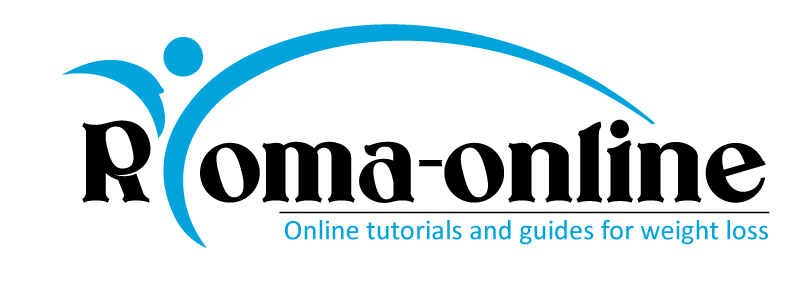Elements of the anatomy and physiology of the elbow
The elbow is a joint of the upper limb and is made up of three joint heads, the first belonging to the arm and the other two forming the skeleton of the forearm:
The distal end of the humerus, also called the “humeral blade”. On the sides of this bony end are the epicondyle (laterally) and the epitrochlea (medially)
The head of the radius: it is the proximal portion of the radius, the one closest to the elbow, has a circular and flat profile.
Proximal extremity of the ulna: includes an important bony prominence called the olecranon, and a cavity known as the “trochlear notch of the ulna”.
The elbow is the joint that connects the arm with the forearm, and due to the superficiality of the bone, muscle and tendon landmarks that compose it, it can be seen and palpated easily golfer’s elbow physical therapy.
Among physiotherapists, the elbow is considered one of the most challenging joints to treat as it has a particular joint mechanics. As we will explain specifically in the paragraph dedicated to the anatomical and physiological aspect of the joint , the elbow, despite being a single anatomical joint, is made up of three “functional” joints that allow it to move in the various planes of space.

If the joint suffers a trauma, or is affected by a pathology, the delicate balance between the three functional joints is altered, and the intervention of a professional is required to restore the physiological physiological relationships. In this article we will address the topic of epithrocleitis, one of the most common pathologies of the elbow. Starting from the anatomical bases, we will proceed with the etiological mechanisms underlying this pathology and we will continue dealing with the rehabilitation and preventive aspect.
These three bone elements relate to each other forming three functional joints:
Humerus – radial: articulation between the humeral condyle and the fossa of the radius head;
Humerus – ulnar: articulation between the trochlea of the humerus and the trochlear notch of the ulna;
Proximal radius – ulnar: joint formed by the radial joint circumference, the radial notch of the ulna and the annular ligament.
The elbow for puts the following movements:
Flexion: when the forearm approaches the arm;
Extension: when the forearm is moved away from the upper arm;
Supination: when the palm of the hand is rotated upwards with the elbow flexed at 90 degrees;
Pronation: when rotating the palm of the hand down with the elbow flexed to 90 degrees.
In this article we will examine the Epitrochlear Muscles so called because they originate from the epitrochlea of the humerus and are inserted on the forearm, wrist and hand.

